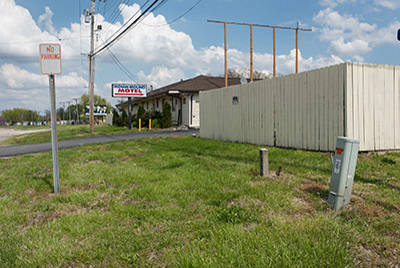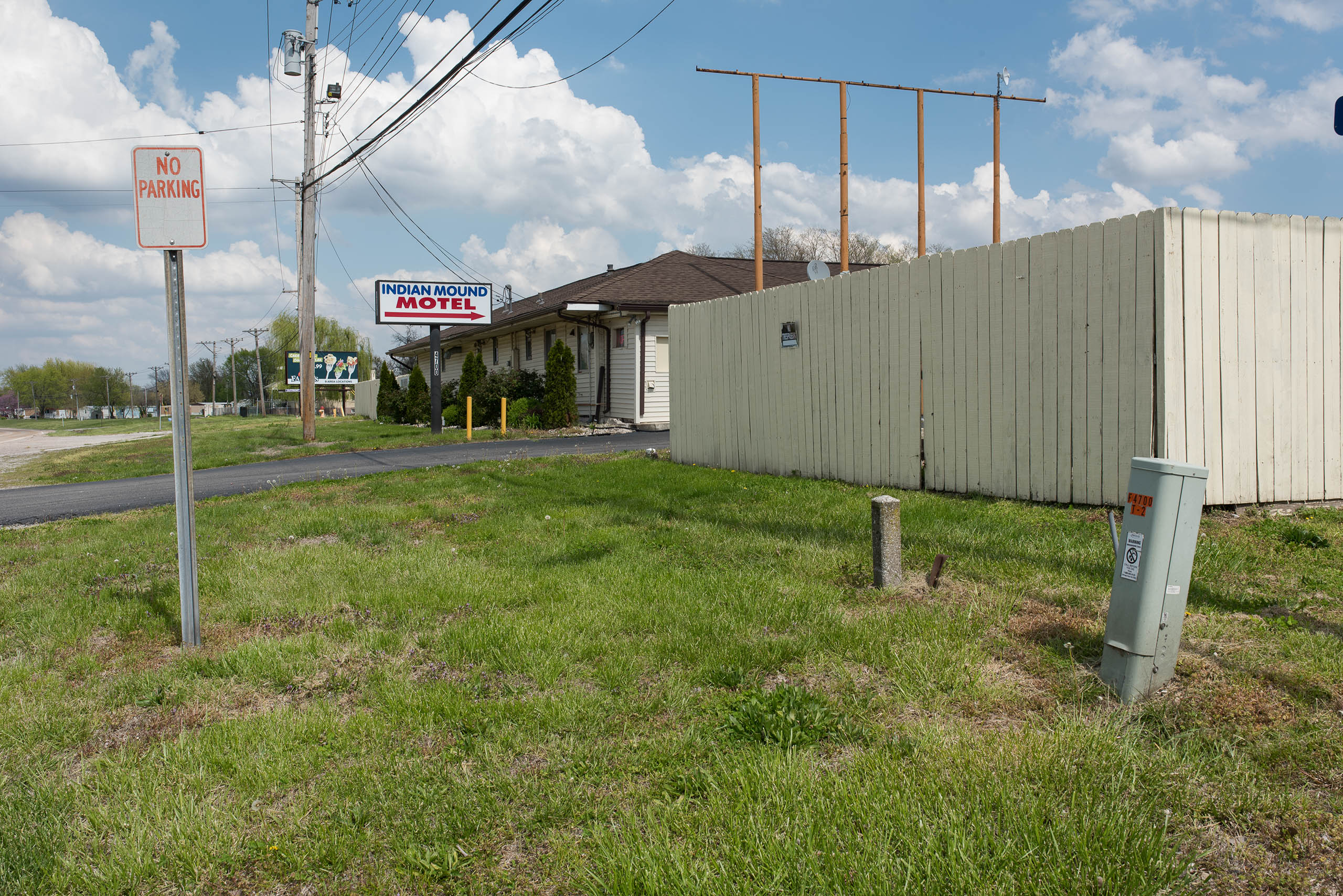



Driving along Collinsville Rd. adjacent to Fairmont City is a distinct topographic transition marking the edge of the former Indian Lake. To the North, one can detect a noticeable drop in grade—with the marshy lowlands of the lakebed still legible between the trees and reeds. Here, along this small ridge formed by the natural levee formed by the ancient river meander, was a string of Indian mounds—Powel, Wilson, and Sam Chucallo Mounds—that were part of the larger Cahokia polity. Extending along an ancient causeway connecting Cahokia with East St. Louis that followed this ridge, these mounds have been for the most part destroyed; lying, as they were, on the outskirts of the more charismatic clustering at what would become Cahokia Mounds State Park. Taking cues from the natural topographic rise of the natural levee, pre-contact Native Americans sited a series of burial and other mounds on land held up out of the flood prone area below. In this, we can detect a fundamental human pattern of site selection. No human, ever, it seems, likes to build in swampy areas. While one might take the “Indian Mound’s Hotel” as one of the many naming ploys trying to cash-in on the nearby Cahokia Mounds Park, it in fact sits on the site of the former Wilson Mound. The first recorded archeological investigation of this site was conducted by Preston Holder of Washington University who, despite calling this site the “junk-yard site,” uncovered here significant burials.